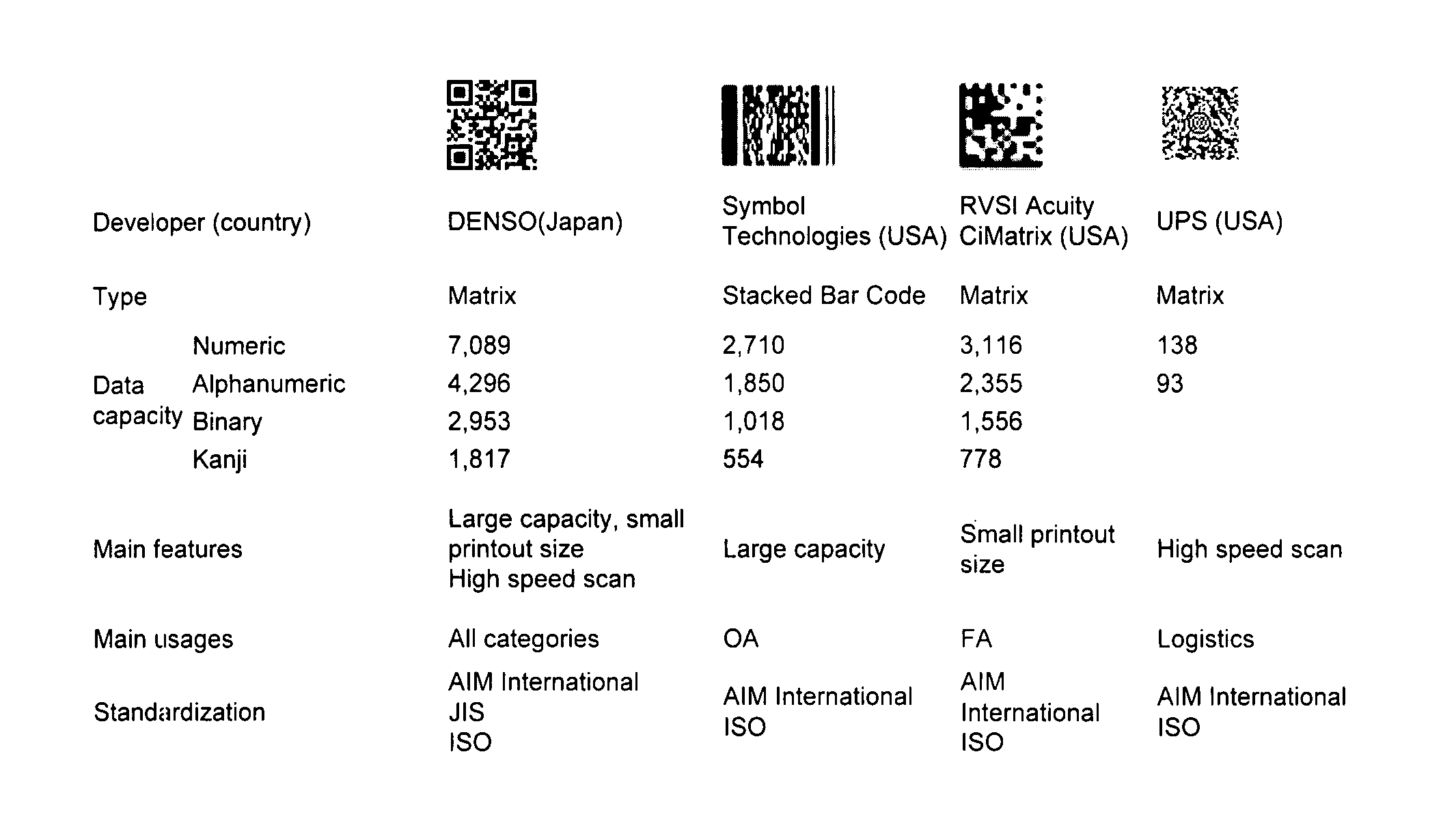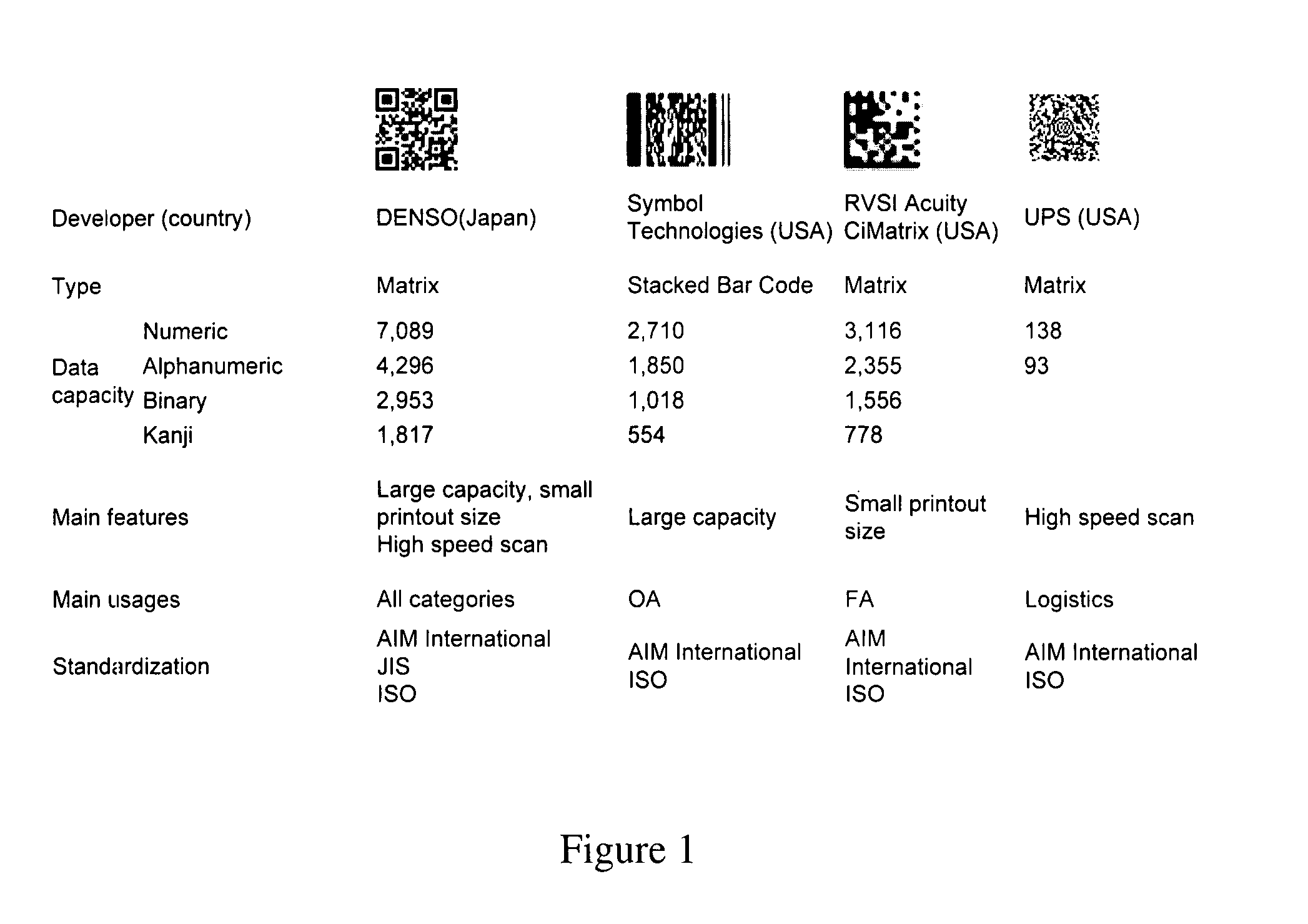Method for determining personalized nutrition and diet using nutrigenomics and physiological data
a technology of applied in the field of personalized nutrition and diet determination using nutrigenomics and physiological data, can solve the problems of inability to accurately predict the effect of nutrient intake, so as to and reduce the likelihood of the individual succumbing
- Summary
- Abstract
- Description
- Claims
- Application Information
AI Technical Summary
Benefits of technology
Problems solved by technology
Method used
Image
Examples
examples
[0089]The invention will be more readily understood by reference to the following examples, which are included merely for purposes of illustration of certain aspects and embodiments of the present invention and not as limitations.
example i
Nutrigenomics Supermarket for Providing Personalized Nutrition
[0090]In one exemplary embodiment, a supermarket is established in which a variety of food items are stocked. Each item is tagged with a unique product identifier code (UPC). Each UPC encodes (or contains a code that allows retrieval of) information relating to the nutritional and / or biochemical composition of the item. A reader system is provided to read the UPC upon purchase or acquisition of an item by a subject. A relational database encoded on a computer is provided. Data about item purchases is associated in the database with the individual who made the purchase. In certain embodiments, an accounting is made of exactly what food items have been consumed, not just purchased. This may be facilitated by use of a food diary, in any format (for example, paper, electronic, and the like). Physiological and / or genetic data such as relating to allele number or expression or relating to physiology such as but not limited to w...
example ii
Identification of Epigenetic Changes
Methylation Detection
[0094]In another example, the method of the present invention can be used to detect whether methylation has occurred in a sample, such as single known gene or multiple genes. The methylation detection method preferably uses genomic DNA to assay the degree of methylation.
[0095]The methylation detection method comprises a chemical or enzymatic approach for methylation-sensitive treatment of genomic DNA. Chemical treatments include the incubation of genomic DNA with sodium bisulfite, which selectively and completely converts non-methylated cytosines to uracils. The DNA is first heat-denatured and then treated with 5M bisulfite, pH 5-7. Following this, uracil glycosylase is used to convert uracils to abasic sites, which are then converted to 5′P-containing strand breaks via heat or alkali, as described above. Pretreatment of genomic DNA to remove pre-existing uracils is used prior to bisulfite treatment. This pretreatment consists...
PUM
 Login to View More
Login to View More Abstract
Description
Claims
Application Information
 Login to View More
Login to View More - R&D
- Intellectual Property
- Life Sciences
- Materials
- Tech Scout
- Unparalleled Data Quality
- Higher Quality Content
- 60% Fewer Hallucinations
Browse by: Latest US Patents, China's latest patents, Technical Efficacy Thesaurus, Application Domain, Technology Topic, Popular Technical Reports.
© 2025 PatSnap. All rights reserved.Legal|Privacy policy|Modern Slavery Act Transparency Statement|Sitemap|About US| Contact US: help@patsnap.com


